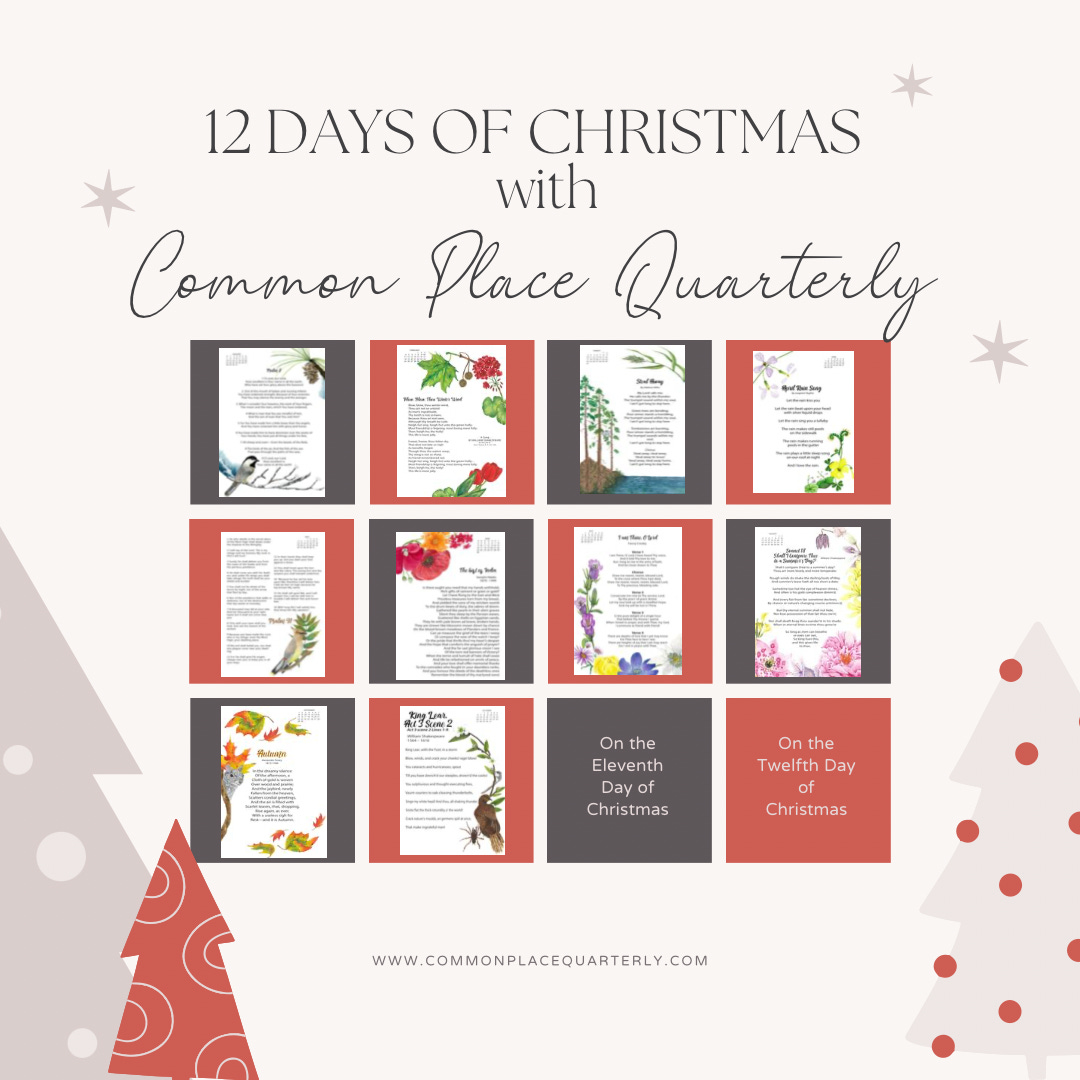My sister might be in her 30s and have a family of her own, but my mom still makes one dish for every holiday that she is around, and now my kids have come to expect it whenever she visits. It’s not strictly a Christmas recipe, but it is a favorite at any holiday: Rainbow Jello. It takes a while to make but is deceptively simple. It looks beautiful, especially if you are talented with a Jello mold. I am not, so we make it in a 9x13 pyrex baking dish and cut it into squares. But it could also be made in transparent dessert cups and make a striking appearance on any table. I tried to find a recipe online and found a few variations…but not exactly like my mom made. So, I will put her recipe here. I’m sure she got it from somewhere else, but after 40+ years, all we have is the handwritten notes. My mom included a picture of her favorite fudge recipe, which she also regularly makes at Christmas time. Enjoy!
: ) Sarah
Ingredients
1 package each of 3 oz size cherry, orange, lime, lemon, and blackberry jello
½ gallon vanilla ice cream
13x9 glass pan
Mix cherry jello and 1.5 cups of boiling water until jello dissolves. Let cool slightly and stir in one cup of vanilla ice cream until melted. Pour into a glass pan. Chill in the refrigerator for about one hour until firm, making sure the pan is level.
Repeat with other jellos, going in the order of flavors listed, ending with purple on top. Pour each layer carefully so as not to create a hole in the already-chilled layer.
Coming up in CPQ
Anne White has been sharing Plutarch with us this year in Common Place Quarterly, continuing our Plutarch column from the first issue. We are excited for her to continue sharing with us in Year 6 on a new topic: mythology. In her first article, she shares,
Several years ago, I wrote an article about the place of classical mythology in a Charlotte Mason education. I asked, “Why should Christian parents teach children what is un-Christian? What if they run off, like The Wind in the Willows’ little Portly, into the arms of Pan? Why can’t we just skip it and avoid all the controversy?” Arguments against the inclusion of mythology are almost always theological, and they sometimes come from the children themselves. This concern should certainly not be ignored, and we need to have answers for those who ask.
We look forward to reading more from Anne next year!





